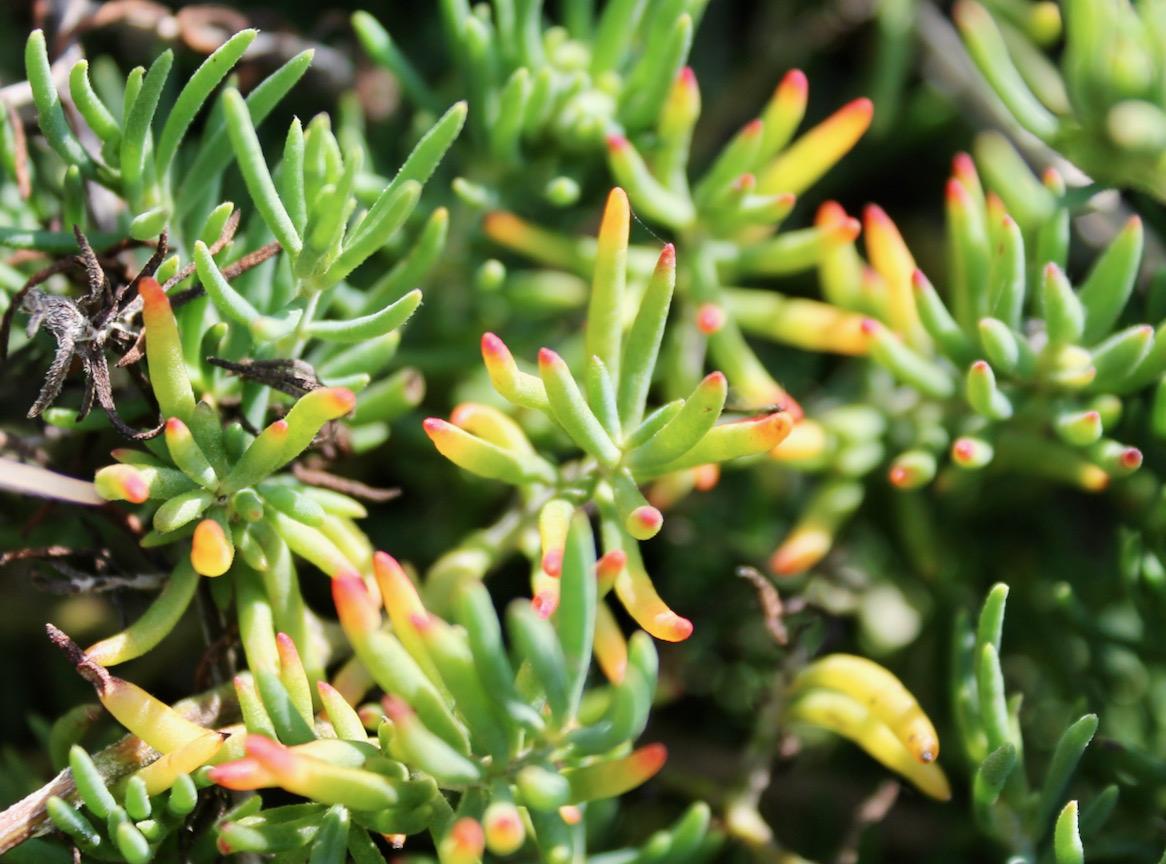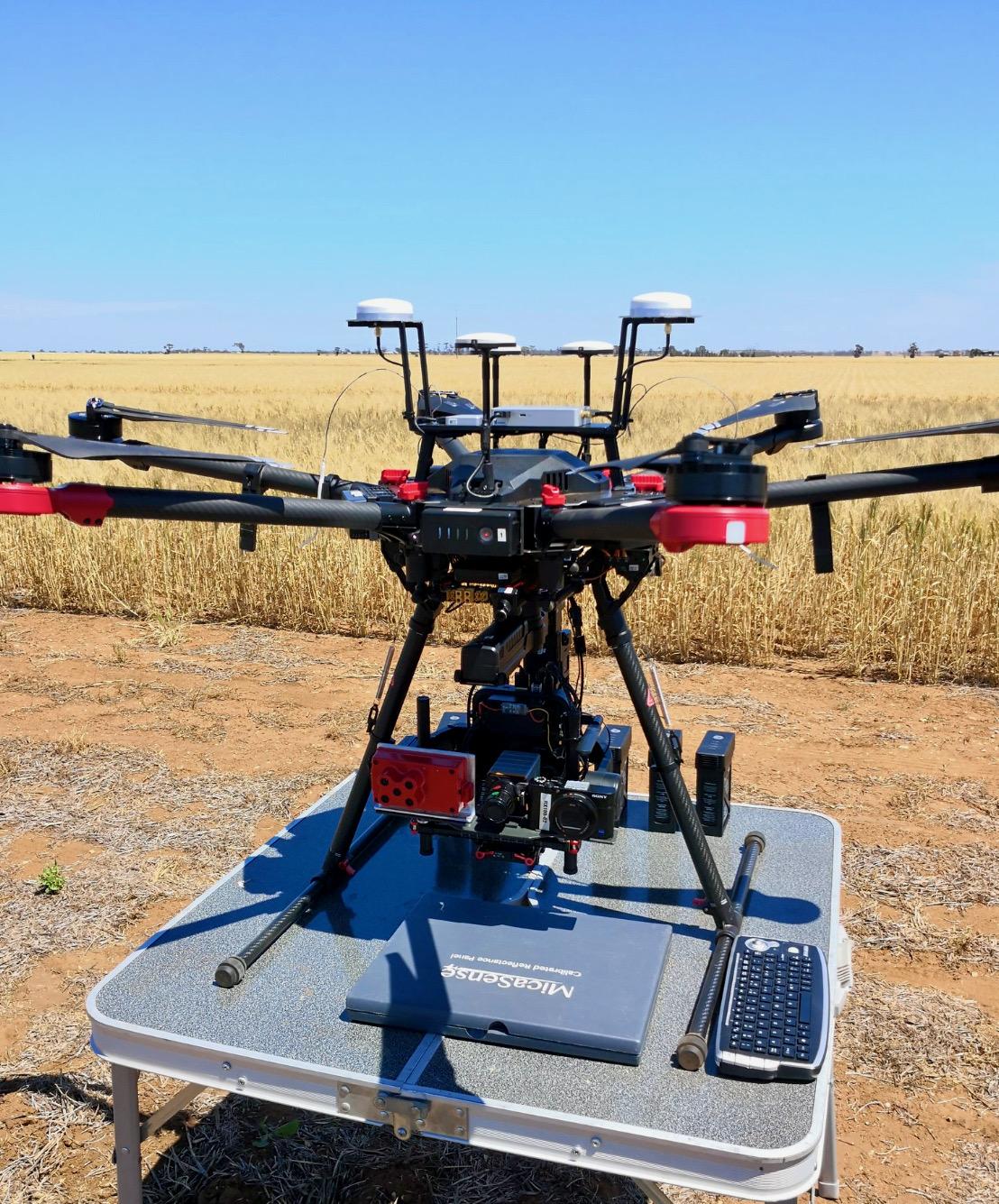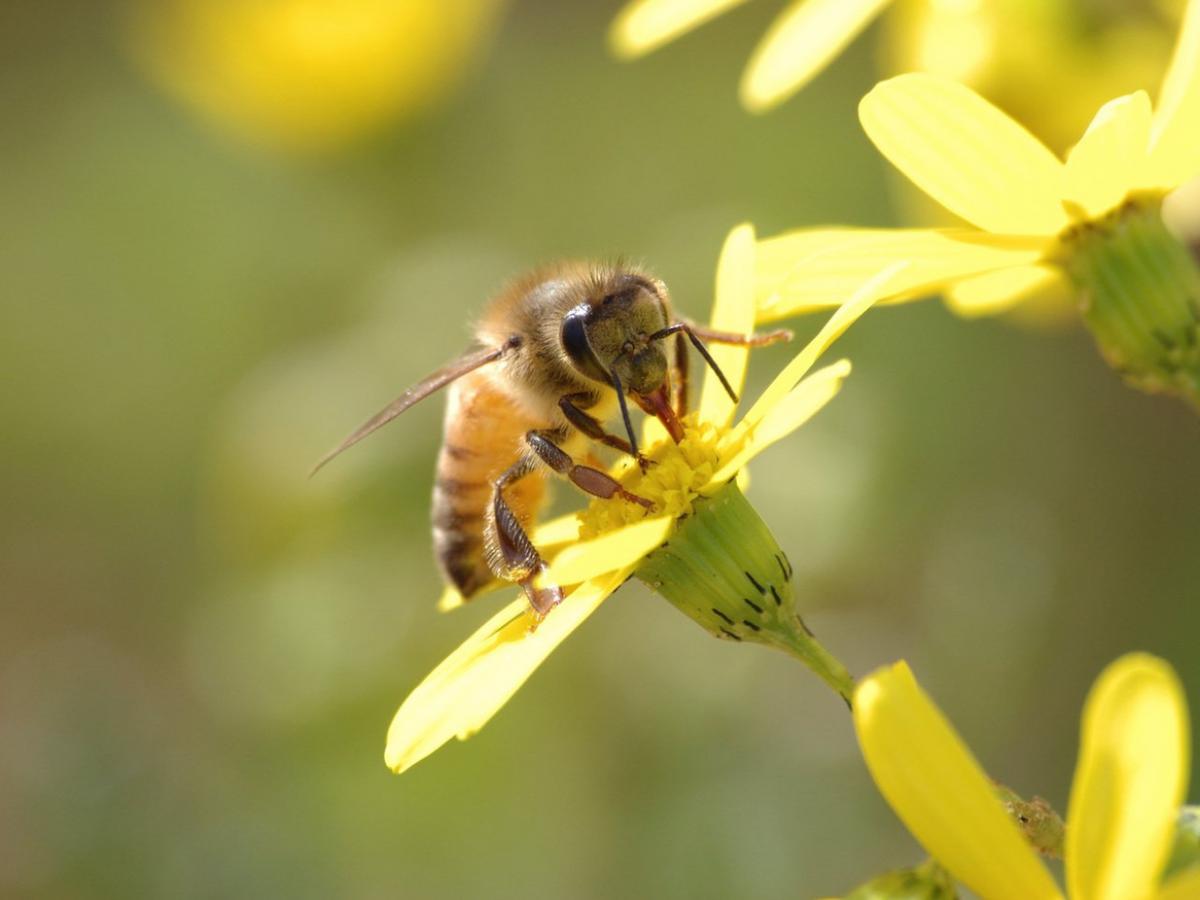Sustainable Landscapes

A project team supported by the Environment Institute, at the University of Adelaide.
Functional landscapes can be designed using revegetation that supports the return of ecosystem services. We can develop a whole new economy on a large scale in some of Australia's most degraded ecosystems.
Designing functional landscapes
Decades of unsustainable farming practices have degraded the health and function of large areas of broadacre and pastoral production landscapes in Australia.
There is an opportunity to regain health and value for these landscapes through the return of ecological function in soils and accompanying vegetation. Such outcomes can be achieved through the design and implementation of vegetation plantings that regenerate ecosystem services in degraded landscapes i.e. carbon sequestration, soil function, pollination, water filtration, livestock shelter, native biodiversity and habitat.
The restoration of these functions and services will not only increase land value, but offers the potential to develop a new production economy and one that, once proven, could be rolled at scale in some of Australia’s most degraded landscapes.

Design and planting of appropriate vegetation has the potential to:
- sequester carbon in vegetation and soils,
- rejuvenate soils and improve microbial diversity,
- improve water run off quality,
- maximise pollination services and support other ecosystem services
- return biodiversity - in particular ground cover and mid story plants, creating more cover, and faunal habitat and food sources which will help with insect, animal and bird population recovery.
The overall benefit of combining these areas of research and regenerating ecosystem services at a site is likely to be realised as a value-add to the land use and increase in land value. The concept is extensible and can be adapted for any site, and can be rolled out across different regions, potentially building into a national program and of sustainable landscape clusters.
University of Adelaide expertise
Here at the University of Adelaide we have nationally and internally leading groups with a range of complementary expertise applying technology to ecosystem challenges, including:
-
Terrestrial Ecosystem Research Network (TERN)
The University of Adelaide hosts the Surveillance Monitoring capability of the Terrestrial Ecosystem Research Network (TERN), a facility of the federally supported national research infrastructure. TERN monitors the stocks and flows of Australia’s ecosystems, natural and production, including:
- Soil physiochemical and carbon stocks
- Vegetation structure and diversity
- Invasive species
- Functional traits
- Isotopic and genotype profiles
TERN has also established excellent relations with several national environmental monitoring agencies who have adopted TERN’s methods for ecosystem condition monitoring and provide baseline data against which to track changed composition and trajectory of ecosystem. Members of the team also offer statistical review services to give clients certainty in environmental decision-making.
-
Climate resilient conservation and restoration
Making sure that conservation and restoration strategies incorporate climate resilient adaptive potential is essential to ensure long term outcomes. Researchers at the University of Adelaide use a range of genomic and adaptation assessments to understand the adaptive capacity of plant and animal populations, including rare and endangered species.
In many cases, this information is combined with habitat suitability assessment and modelling to recommend best-practise conservation and restoration outcomes.
Our researchers have developed conservation and restoration strategies for a broad range of nationally and international threatened plants and animals. They have been integral in the development of fundamental conservation and restoration principles and practises which have resulted in changed thinking and adoption of science within the sector.
Examples include overturning local provenance procedures in restoration or reintroduction programs to incorporate more adaptive potential to allow future climate resilience.
-
Farming for carbon and ecosystem services
Whilst unsustainable land exploitation has led to a decline in ecosystem services, there is an opportunity to develop land management practises that harness and improve these services, including carbon sequestration, soil function, pollination, water filtration, livestock shelter and native biodiversity and habitat.
There is a huge demand among the farming community to improve carbon sequestration systems, reduce carbon emissions and become carbon neutral. However more work is required in this area and more science is needed which leverages agronomic expertise that already exists at farming sites.
Our research has assessed the benefit of habitat plantings and system management that can easily support pollination services and improved carbon sequestration, including examining how such benefits can be stacked together for multiple beneficial outcomes.
-
Advanced monitoring technologies
Technology is transforming the way we track the state and trajectory of our natural world and the impact we are having on it, for example using satellites to monitor habitat clearance and field-based sensors to monitor our natural and managed systems in real time. Whilst there is currently a lot of interest in applying technology to agriculture – agtech – similar technologies are currently at a more mature stage of deployment and use in the ecosystem and conservation monitoring domains.
The market for the technologies is worldwide. The global value of the environmental technologies market was reported to be $1.12 Trillion in 2017, including water, pollutant, carbon, waste, instrumentation and consulting services. Technologies that focus on ecosystems are a significant subset of the broader environmental sector, and the global market for these technologies is continuing to grow and increased by approximately 10% pa between 2012 and 2017[1].
Our researchers are developing a range of remote and infield sensor technologies that allowing easy monitoring of natural and production systems to improve our understanding of:
- Carbon stocks and changes
- Impact of current farming and land management practises
- Vegetation change, including weed invasions
- Water and energy use efficiency at vineyard level
- Microbial community composition and function

Partnering with Sustainable Landscapes
Sustainable Landscapes has expertise to work with partners on the following type of projects and outcomes:
- Automated measurement of soil carbon sequestration
- River and wetland impact assessment
- Realtime assessment of livestock and broad acre landscape regeneration
- Mine site recovery monitoring
- Environmental outcome prediction and tracking
- Automatic labelling and processing of e-samples for biodiversity and ecosystem condition and function analysis (e.g. soil/pollen)
- Automatic mapping ecosystem services
- Integration of sensor and monitoring technologies and machine learning into environmental and landscape monitoring for better predictions and outcomes
Our Partners
We are currently working with the following partners but also wish to extend this collaborative base.
-
Current partners
- Aerometrex - automated monitoring and mapping of green space in cities (Australian Institute of Machine Learning)
- Airborne Logic - automated carbon mapping in forests using computer vision citrus water use (Australian Institute of Machine Learning, Environment Institute)
- Australian Antarctic Division - whale sound identification using machine learning (Australian Institute of Machine Learning)
- Blinman Progress Association - wheel cactus identification using drones and machine learning (Australian Institute of Machine Learning, Environment Institute)
- Department of Agriculture, Water and Environment – ecosystem condition monitoring TERN (Terrestrial Ecosystem Research Network)
- Duxton Asset Management – mapping of soil health and ecosite services
- FarmMap - automated pastoral land assessment (Australian Institute of Machine Learning)
- Lux - automated fish counting using underwater cameras (Australian Institute of Machine Learning)
- Primary Industries and Regions South Australia - pastoral land assessment using satellite images, GIS and machine learning (Environment Institute, Australian Institute of Machine Learning, Waite Research Institute)
- Riverland Wine - predictive modelling of vine performance and water requirements (Faculty of Engineering, Computing and Mathematical Science, Australian Institute of Machine Learning, Waite Research Institute, Environment Institute)
- Wine Australia - predictive modelling of vine performance and water requirements (Faculty of Engineering, Computing and Mathematical Science, Australian Institute of Machine Learning, Waite Research Institute, Environment Institute)
Sustainable Landscapes areas of expertise
-
Ecosystem condition monitoring – natural and managed systems
Areas of expertise
Ecosystem condition monitoring – natural and managed systems
• Terrestrial Ecosystem Research Network: using a range of DNA, stable isotope, sensor and remote sensing technologies to assess the baseline condition and trajectory of change of Australian ecosystems
• Uncrewed Research Aircraft Facility and Remote Sensing groupResearchers
Professor Andrew Lowe
Dr Greg Guerin
Professor Megan Lewis
Dr Irene Martin
Dr Ramesh Segaran
Associate Professor Ben Sparrow -
Monitoring and restoration of water and marine resources
Areas of expertise
- Aquatic ecology, restoration and monitoring
Researchers
Professor Justin Brookes
Professor Michelle Waycott -
Monitoring of terrestrial and airborne samples
Areas of expertise
- eDNA analysis
Researchers
Professor Michelle Waycott
Professor Andrew Lowe
Dr Kor Jent-van Dijk
Dr Arif Malik -
Monitoring and optimisation of agricultural systems
Areas of expertise
- Application of machine learning and sensor technology to the improved use of water resources in vineyards
Researchers
Dr Tien Fu Lu
Professor Andrew Lowe
Professor Javen Shi
Professor Seth Westra -
Creation and management of ecosystem services pollination reserves
Areas of expertise
- Carbon
- Stacked ecosystem services and economics
Researchers
Professor Tim Cavagnaro
Dr Katja Hogendoorn
Professor Andrew Lowe
Associate Professor Patrick O’Connor -
Machine learning and artificial intelligence
Areas of expertise
- Satellite imagery analysis
- Tracking change in long term, diffuse and disconnected datasets using machine learning
- Airborne/aquatic drone and ground-based cameras and computer vision for automated surveillance of pests and species of interest
- Automated advisory and language-based decision support systems for ecosystem managers
- Automated carbon measurement from image capture of vegetation
- Automated species identification in-field and lab (whole organism, pollen, timber samples etc)
- Robotics
Researchers
Dr Dong Gong
Dr Lingqiao Lu
Dr Tien Fu Lu

Contact us
Would you like to discuss working with the Sustainable Landscapes team?
Professor Veronica Soebarto
Theme Lead – Urban and Regional Landscapes
Environment Institute
School of Architecture and Built Environment
The University of Adelaide SA 5005 Australia
E: veronica.soebarto@adelaide.edu.au
T: +61 8313 5695
